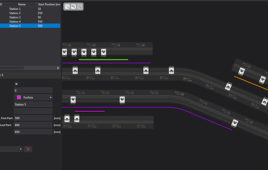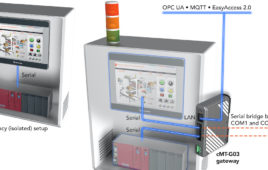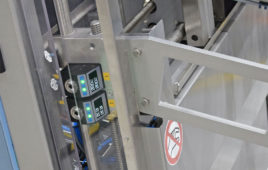Before becoming a ubiquitous part of our jobs and routines, drones still have a few hurdles to cross before becoming mature enough for large-scale commercial rollout. Drone control works via two-way communication, where ground controllers transmit commands to the aircraft, which sends back information like its position, altitude, and battery status. Almost all consumer and commercial drones on the market are operated with handheld controllers.
This setup has its shortcomings, and sheds light on the potential for improving the operability of drones, namely ways where users can rely on other parts of their bodies to operate these crafts. Technologists and innovation companies are presently addressing this matter by finding ways to control drone flight and maneuverability beyond the conventional handheld panels most pilots use today. Here are three different methods of flying drones that have no use for control pads, and involve different parts of the human body.
Voice
Engineers from HHI have developed a stable, affordable solution not limited in range and essentially ready to be used by traditional drone operators—voice-controlled drones. By controlling drones using the voice channels in mobile networks, they are available almost everywhere and are highly reliable (unlike data connections). Even areas with limited or no data connection at all will still have accessible network coverage for voice channels.
One benefit are the high reductions of extra costs involved, since no new infrastructure or special contracts with network providers to prioritize data connections are required. This setup only requires a simple audio connection, which already exists in every prepaid sim card. Commands are converted into audio signals and translated into formal orders by a small module on the drone. Techniques involving voice also work in real time and are extremely resilient to failures and disruptions.
Mind
An Australian-based company known as Emotiv, demonstrated mind operating technology in March at the Global Education and Skills Forum in Dubai, U.A.E. Their researchers developed a headset that monitors your brainwaves and can be used to control electronic devices like drones. The headset is an electroencephalogram (EEG) device that detects your brain’s electrical impulses using sensors on your scalp. Your brain waves are recorded on a computer and translated into flight instructions for a small drone.
You essentially imagine the drone taking off the ground for it to physically happen. Generally keeping disabled people in mind when developing new products, the headsets Emotiv used are primarily not for controlling drones, but to measure a brain’s functions like concentration and stress levels. This isn’t the first mind-controlled craft on the market either. The Puzzlebox Orbit was released in 2015, which was basically a mini-helicopter that operators controlled using an EEG headset.
Gestures and Expressions
Researchers at Simon Fraser University’s Autonomy lab are utilizing artificial intelligence (AI) to develop drone technologies that can make interactions between humans and robots more intuitive that involves controlling flight direction with arm gestures. Aside from the general directions (up, down, front, back, right and left), this technology is even advanced enough that it can instruct drones to perform feats like mid-air flips.
Another research team has come up with a way of executing drone commands based on the user’s facial expressions. The drone will recognize a “trigger-face,” and can perform tasks like taking photos or videos. The drones are taught the facial recognition technology on the fly, mainly by reacting to “neutral” and “fly” faces. When setting up the drone, the operator gives their “neutral face” to indicate now is not a time to start up. When the “fly face” is made, the drone lifts off the ground and begins to fly. Facial expressions can also be used to change the drone’s quality strength for photo and video, and can even launch them into a parabolic trajectory.
Filed Under: M2M (machine to machine)




